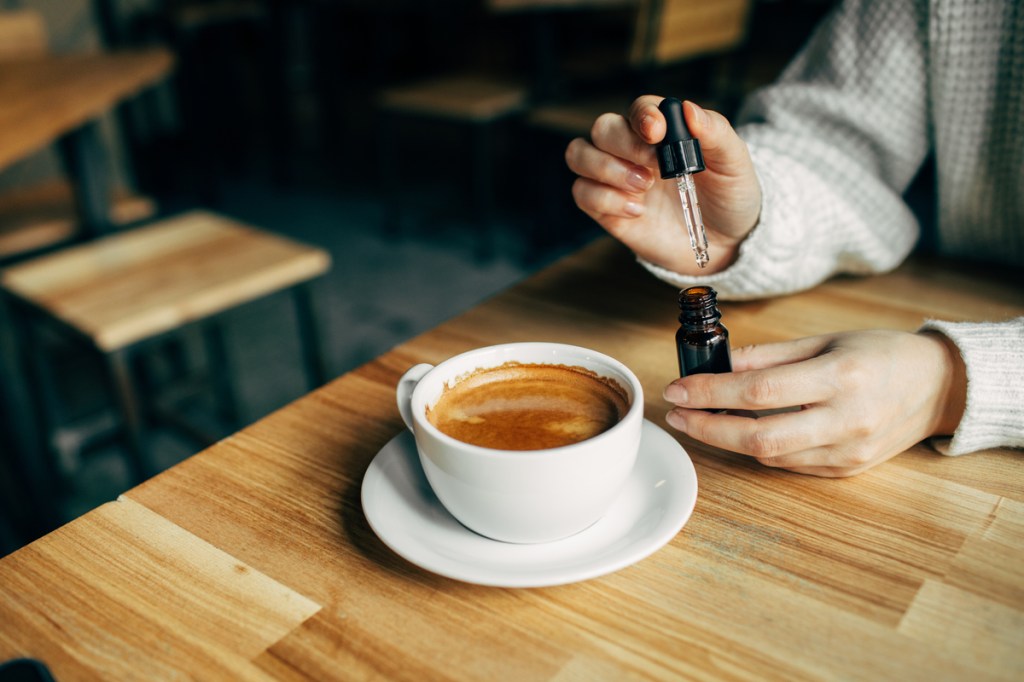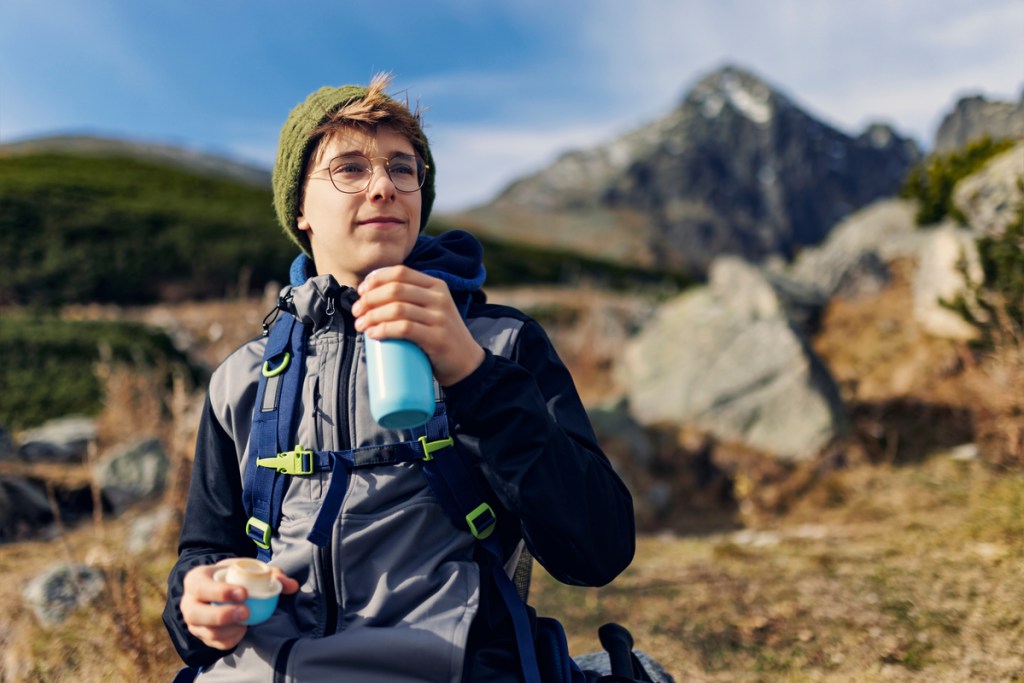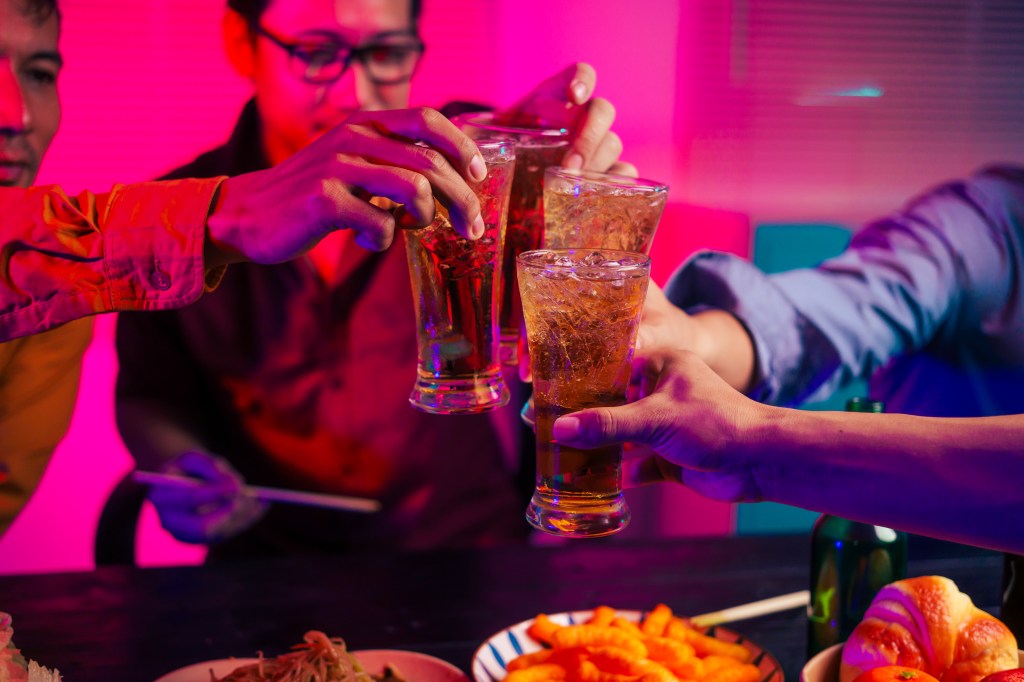Who is seeking moderation?
In 2023 alone, non-alcoholic beer, wine, and spirits topped $565M in sales1. That’s a 35% boost in dollar sales vs. the year before—but who’s leading the charge in non-alcohol consumption?
- Gen Z (21+) only make up for 6% of beverage alcohol buyers2, and 45% say they’ve never consumed alcohol
- As more of Gen Z approach legal drinking age, many are growing in touch with healthier lifestyles and experimenting with a sober lifestyle
- However, consumers of all ages are tapping into the benefits of moderating alcohol consumption. For example, the 45-54 age group and those with income over 100K over index for non-alcohol consumption3
When and where are people seeking moderation?
Indicators of moderation stretch far beyond January—although sales of non-alcoholic products in the beverage alcohol space spike in the first month of the year, holidays like July 4th and New Years see a surge too:
- These products provide a healthy, inclusive alternative for social gatherings and celebrations
- Brick-and-mortar locations, in the form of “dry bars,” are opening nationwide—offering consumers a public setting where they can purchase handcrafted cocktails and more
- Stores are dedicating shelf space to these alternative products, where brands like White Claw and Guinness can market alcohol-free alternatives to their popular beverages
- E-commerce channels are also embracing this shift in consumer mindset, offering subscription services and products to curate an entire “dry bar” cart at home
Looking ahead and considerations

Consider must-win geographies
- Including population centers like California where bigger opportunity lies, and more resources are required
States where cannabis and CBD products grow in popularity also influence the extension of non-drinking beyond January
- Consider how to break into these markets first and target consumers whose preference is alternative products


Health and wellness play a large role in reduced alcohol consumption
- Consider premiumization: How can we deliver experiences that resonate when consumers do choose to drink?
- How do we market products that align with the health-conscious consumer? Product attributes are key here—think “low ABV,” “sugar free,” and other health-driven factors that align with a sober/sober curious lifestyle
Sources
- NielsenIQ Scan Off Premise Channels; Discover Integrated Beer, Wine, & Spirits database; Latest 52 weeks ending 12/30/2023 vs. year ago
- NielsenIQ Omnishopper, US ALC – Integrated (21+ only) Database; L52 WE 07/15/2023, Total Outlets, Total US
- NielsenIQ Omnishopper, Total U.S., Latest 52 weeks ended 07/15/2023


